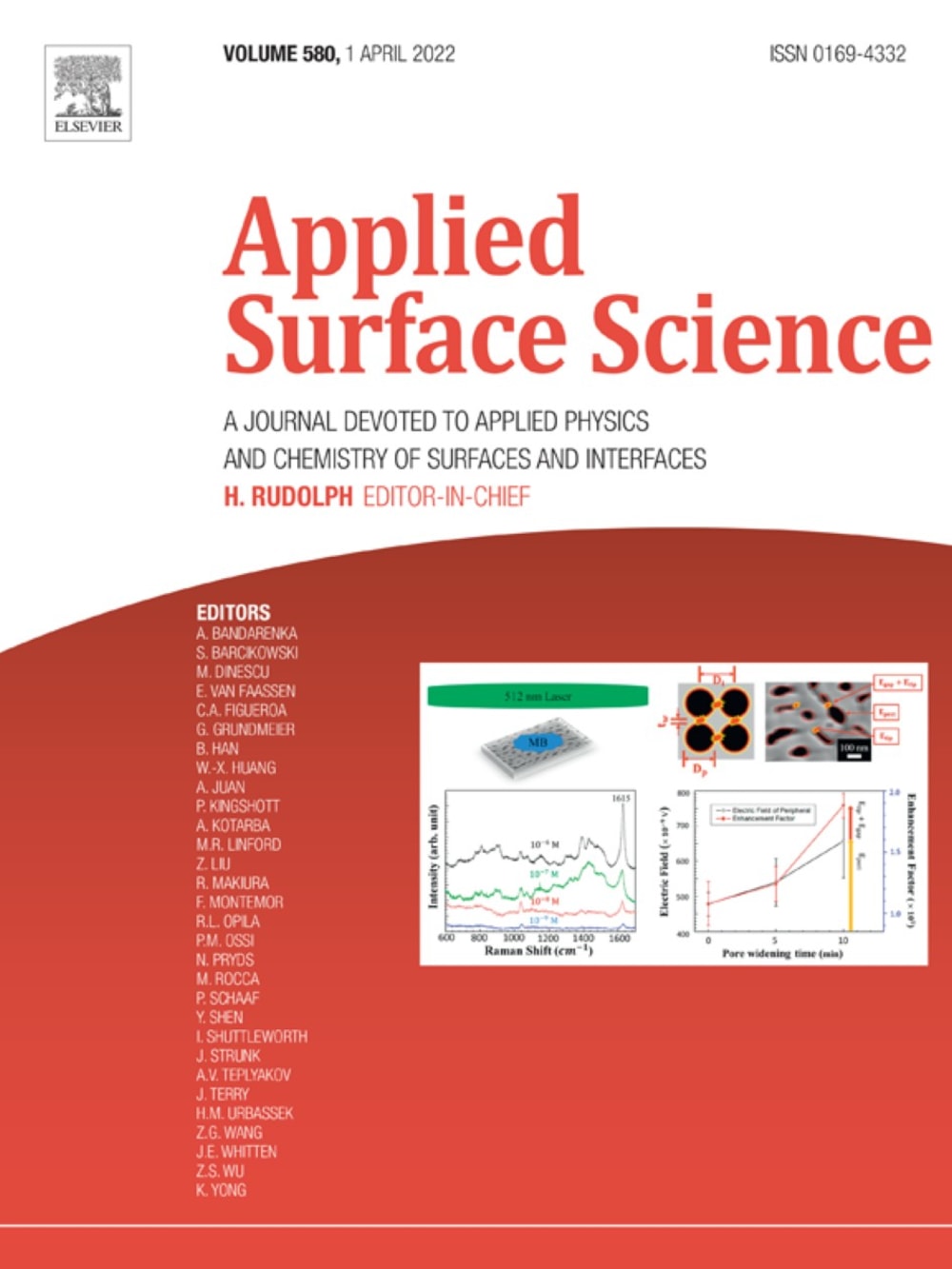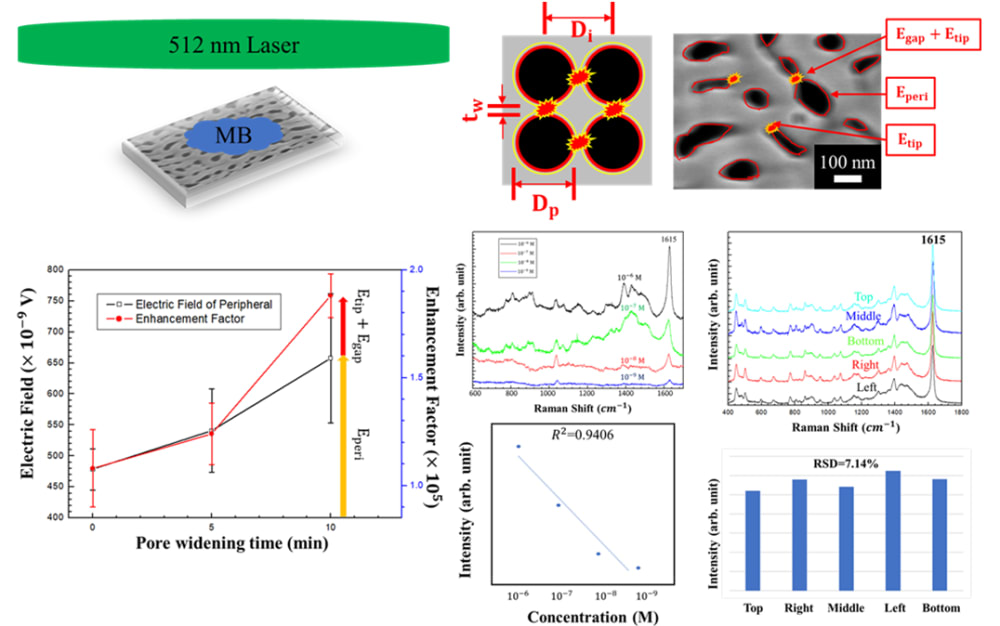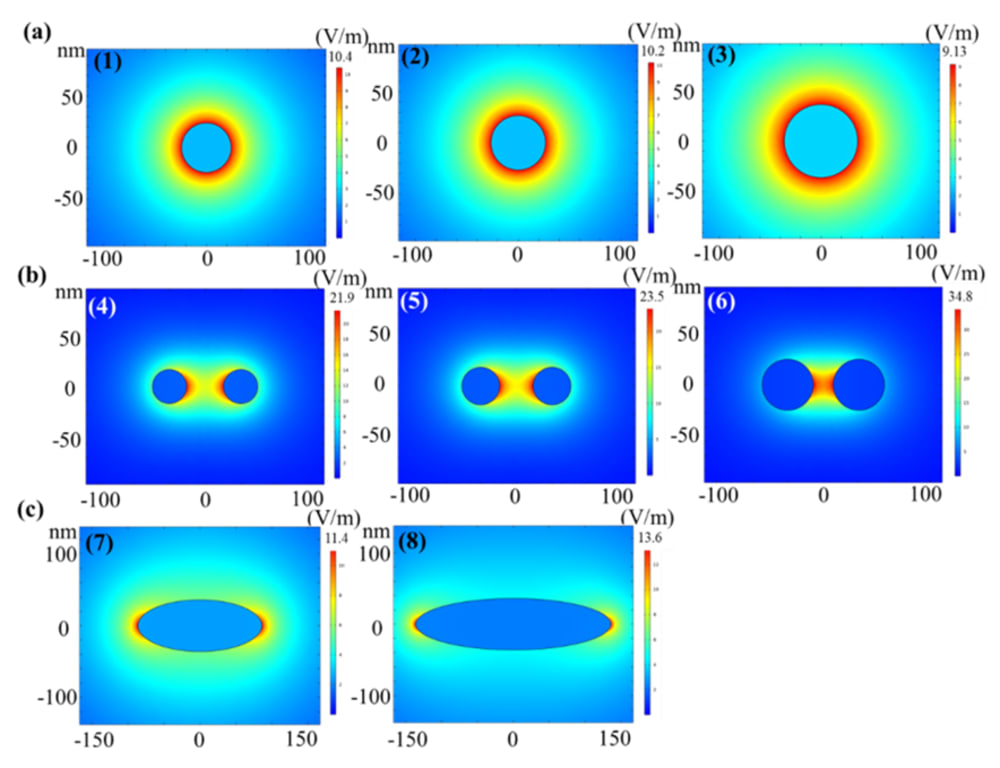Conventional surface-enhanced Raman scattering (SERS) substrates are usually performed by Ag-or-Au metal nanoparticles (Ag,Au-MNPs) in suspension-or-solid substrates. The SERS mechanism is widely explained by the hot spots and shape of Ag,Au-MNPs. Here, the facile one-step irregular-nanopore anodic aluminum oxide (AAO) with platinum-metal-film (Pt-MF) coating rather than metal nanoparticles as the new SERS substrate is proposed. A novel SERS mechanism based on the irregular Pore Peripheral Plasmonic Mechanism (3PM) of MF-AAO is interpreted. COMSOL® simulation shows the pore peripheral of AAO may gather a strong electric field for enhancing Raman signal. The irregular pores formed in the as-prepared one-step AAO and followed by pore-widening etching can generate additional hot spots at the small interpore gap and high-curvature tips for further enhancing SERS analytical enhancement factor (AEF). Using methylene blue (MB) as a probe molecule that was generally used to practically detect industry-pollution S2- and to sanitize water for fish health, the Pt-MF-AAO SERS substrate can reach a high AEF up to 1.88x10^5, and low limit of detection (LOD) of 1x10^-9 M. A good linearity (R^2 of 0.9406) between the MB concentration and Raman intensity is achieved. The large-area (several cm2) uniformity of is good with relative standard deviation (RSD) of 7.14%.
PS. We demonstrate the novel metal-film (MF) coated one-step-AAO at 25C with irregular pores followed by pore widening for SERS enhancement. The new Pore Peripheral Plasmonic Mechanism (3PM) based on the geometry effect of MF-AAO for SERS enhancement is presented, including the plasmonic resonance around the peripheral of pores, the electric enhancement of small gaps between adjacent pores, and the electrons gathering on the high-curvature tips. The 3PM effect on SERS enhancement using such a facile one-step irregular-pore MF-AAO at 25C is more easily obtained than traditional complex two-step anodization for several-to-tens hours at low temperature (0-10C). Also, the AAO peripheral related to average pore diameter (Dp) is positively linked to SERS analytical enhancement factor (AEF). The COMSOL® simulation reveals the pore peripheral of AAO may gather a strong electric field for enhancing Raman signal. In addition, the additional hot spots occur at the small interpore gaps and high-curvature tips.
Highlights:
- SERS electric field is conventionally enhanced by small gaps between metal nanoparticles.
- A new SERS interpretation based on Pore Peripheral Plasmonic Mechanism (3PM) is proposed.
- Raman enhancement in 3PM effect of MF-AAO with irregular nanopores is attributed to three E-fields i.e. Etotal = Eperi+ Egaps+ Etips.
- Our SERS results for MB molecules are of high ASF, low LOD, good linearity and high uniformity.
- This is a new, facile, sensitive, and controllable method for large-area SERS detection.
The details:
https://www.sciencedirect.com/science/article/pii/S0169433221032803
Selected as the Cover Image of Applied Surface Science, Volume 580, April 2022.
Like this entry?
-
About the Entrant
- Name:Chenkuei Chung
- Type of entry:teamTeam members:CY Yu and CK Chung
- Software used for this entry:COMSOL
- Patent status:patented








